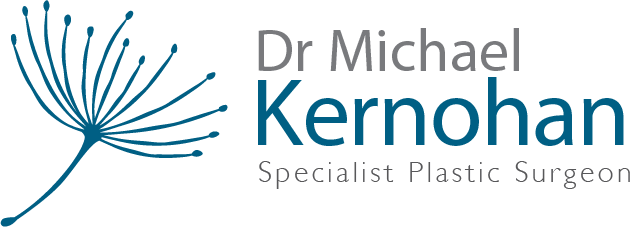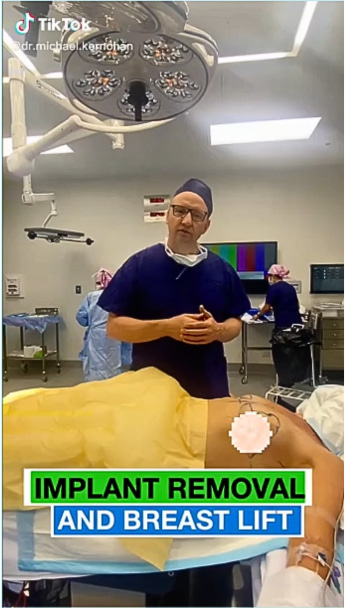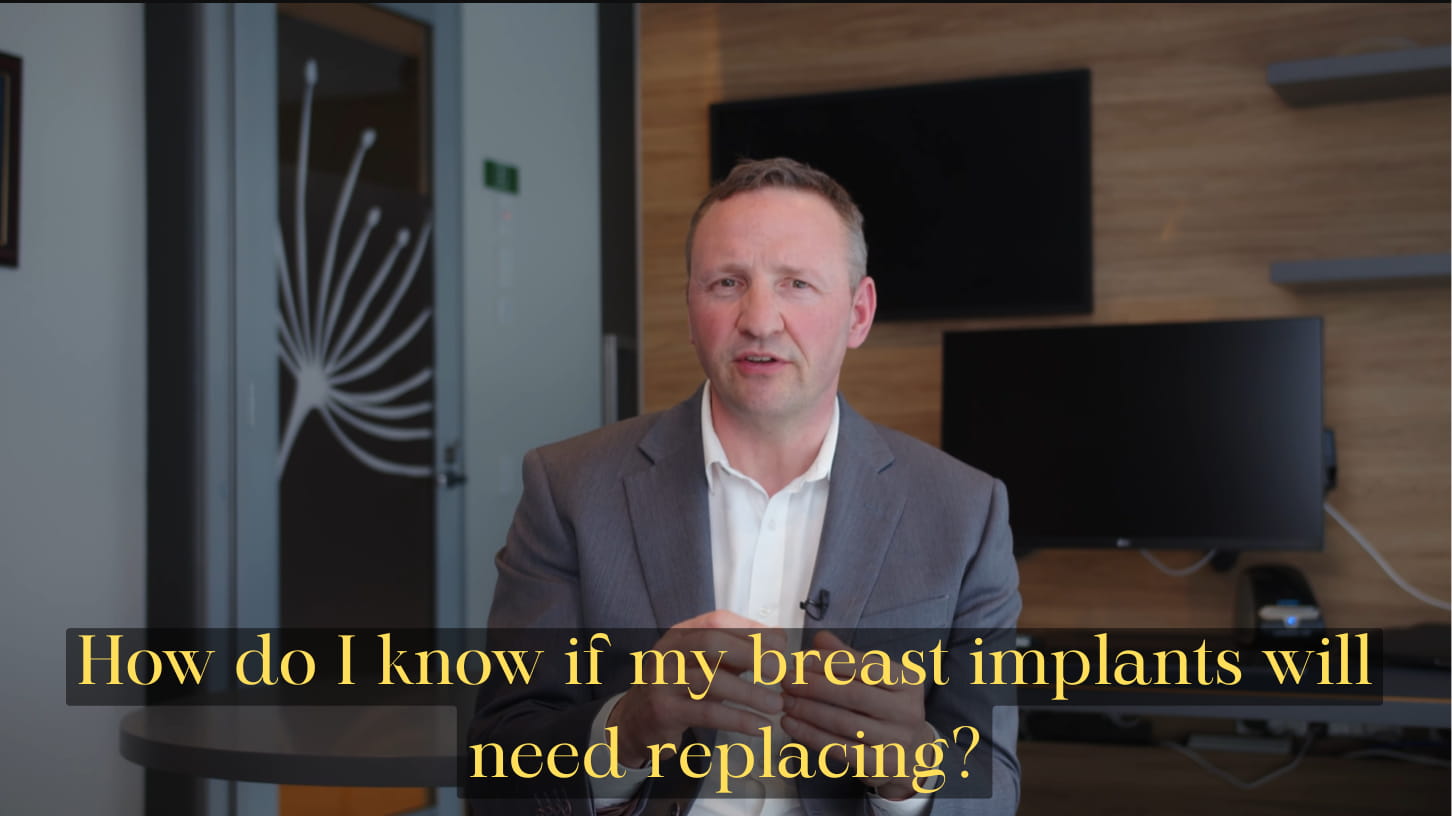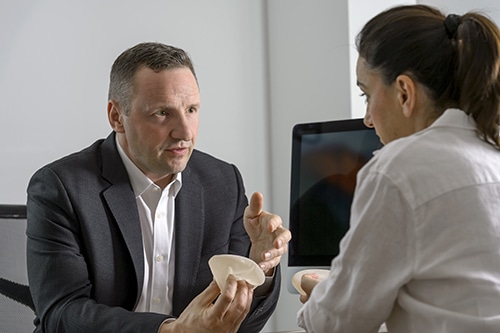Breast Implant Removal Options
Breast explantation, commonly known as breast implant removal, is a surgical procedure to remove previously inserted implants from the breast tissue. This operation can also involve the removal of scar tissue or capsule that might have formed around the implant. The decision to undergo breast explantation can be driven by a variety of factors ranging from medical to aesthetic preferences.
Initially introduced for either reconstructive or cosmetic purposes, breast implants have been a popular choice for many seeking to alter their breast size or shape. However, over time, you might decide to have your implants removed. This decision could be due to health concerns, changes in personal taste, lifestyle alterations, or complications associated with the implants themselves.
Health-related reasons for removal can include implant rupture, where the material inside the implant leaks into the surrounding breast tissue, or capsular contracture, a condition where the scar tissue that naturally forms around the implant tightens and causes discomfort or changes in the breast’s appearance. Other reasons might not be related to health but personal preference, such as a desire to return to the original breast size, the weight of the implants causing discomfort, or a shift in one’s perception of beauty.
In this blog, Specialist Plastic Surgeon Dr Michael Kernohan will discuss reasons to have breast implant removal surgery and the details of the procedure.
Are you a good candidate for surgery?
Take our plastic surgery quiz to find out if you’d be a good candidate and if you are ready for cosmetic surgery.
Take the Quiz
Reasons for Breast Implant Removal
Choosing to remove breast implants is a significant decision influenced by a variety of factors, each deeply personal and unique to the individual’s circumstances and health. Below are some of the primary reasons individuals may opt for breast explantation:
Health Concerns and Implant Complications

One of the most compelling reasons for implant removal is the development of health issues or complications related to the implants. These can include:
- Capsular Contracture: This condition occurs when the scar tissue that naturally forms around the implant tightens and squeezes the implant, causing pain and discomfort, and distorting the appearance of the breast.
- Implant Rupture or Leakage: Over time, breast implants can rupture or leak. Silicone gel from a ruptured implant can spread into the breast and beyond, potentially causing inflammation, pain, and changes in breast shape. Saline implant leaks will result in noticeable deflation of the implant.
- Breast Implant Illness (BII): Some women report a variety of systemic symptoms, such as fatigue, joint pain, and cognitive issues, which they attribute to their breast implants. Although BII is not officially recognised as a medical diagnosis, many report relief of symptoms after implant removal.
Personal Preference or Lifestyle Changes
Changes in personal taste, lifestyle, or body image can also lead individuals to seek implant removal. These might include:
- Desire for a Natural Look: Some may feel that their breast implants no longer fit their desired body image or lifestyle and opt for removal to embrace a more natural appearance.
- Physical Discomfort: The weight of breast implants can cause neck, back, or shoulder pain, prompting some to consider removal for physical relief.
- Aging and Gravity Effects: As the body ages, the skin and tissues change, potentially leading to dissatisfaction with the appearance of the implants.
Choosing to Undergo Breast Explantation
The decision to undergo breast explantation involves careful consideration of the risks, benefits, and personal goals. It’s important for individuals to consult with experienced medical professionals such as Dr Kernohan to understand the potential outcomes and to tailor the explantation process to their specific needs. This includes discussing options for breast lift or augmentation with fat grafting as alternatives to maintain breast shape after implant removal.
Breast explantation, or the removal of breast implants, is a procedure sought by individuals for various reasons, some due to medical necessity and others for personal preference. Here are some of the most common indications for deciding to undergo breast explantation:
Capsular Contracture
Capsular contracture occurs when the fibrous capsule that naturally forms around the implant tightens and compresses the implant, causing pain, stiffness, and aesthetic distortion of the breast. It’s one of the most common complications following breast augmentation and a leading reason for explantation. The severity of capsular contracture is graded on a scale from I to IV, with the latter stages indicating more severe contracture necessitating surgical intervention.
Implant Rupture or Leakage
Over time, breast implants can develop tears or holes, leading to a rupture or leakage. Saline implant ruptures are immediately noticeable due to the deflation of the implant, whereas silicone implant ruptures might be silent, meaning they’re not detectable without imaging tests. Regardless of the type, ruptured implants often require removal or replacement.
Breast Pain and Discomfort
Some women experience persistent breast pain and discomfort that is not attributable to the normal settling period following surgery. This discomfort can stem from the implants themselves, capsular contracture, or even the placement and size of the implants.
Implant Displacement or Malposition
Implants can sometimes shift from their original position, leading to asymmetry, rippling, or other aesthetic concerns. Displacement can be due to gravity, trauma, or incorrect surgical placement, requiring removal or revision surgery to correct.
Infection and Seroma
Though less common, infections around the implant or the formation of seroma (a pocket of clear fluid) can necessitate implant removal, especially if these conditions do not respond to treatment. In severe cases, immediate removal is critical to prevent further health complications.
Breast Implant Illness (BII)
A subset of individuals reports a range of systemic symptoms, including fatigue, joint pain, cognitive difficulties, and more, which they attribute to their breast implants. While not officially recognised as a medical condition, explantation has been reported by some to alleviate these symptoms.
Personal Choice and Lifestyle Changes
Aside from medical reasons, personal choice plays a significant role in the decision to remove breast implants. Changes in body image preferences, lifestyle, or simply the desire to return to one’s natural breast size are valid reasons for explantation.
Download Dr Michael Kernohan’s Cosmetic Breast Ultimate Guide

"*" indicates required fields
Breast Explantation Procedure
Breast explantation, the surgical removal of breast implants, is a procedure tailored to address the specific needs and health circumstances of each individual. Understanding the process, from preparation to recovery, can provide reassurance and clarity for those considering this surgery. Here’s an overview of what the procedure entails:
Pre-surgery Preparations
Prior to surgery, you will undergo a complex evaluation, including medical history review, physical examination, and possibly imaging tests like mammograms or MRIs to assess the condition of the implants and surrounding breast tissue. This evaluation helps in planning the surgical approach and ensuring your safety and desired outcomes.
You will be advised on how to prepare for surgery, including guidelines on eating, drinking, medication adjustments, and arranging for post-operative care and transportation. It’s crucial to follow these instructions to minimise the risk of complications.
The Surgical Process
Breast explantation is typically performed under general anaesthesia, ensuring you are comfortable and pain-free throughout the procedure. The specifics of the surgery can vary significantly depending on the reason for removal, the type of implants, and whether any additional procedures, such as a breast lift or a capsulectomy (removal of the capsule of scar tissue surrounding the implant), are required.
- Incision Techniques: Dr Kernohan may use existing scar tissue from the original implant surgery to access the implants, aiming to minimise additional scarring. The choice of incision location also depends on the patient’s anatomy and specific surgical needs.
- Implant and Capsule Removal: Dr Kernohan carefully removes the implant and, if necessary, the surrounding capsule. In cases of capsular contracture or to ensure complete removal of all implant materials, a total capsulectomy may be performed.
- Additional Procedures: For those seeking to maintain a certain breast aesthetic post-explantation, additional procedures such as a breast lift (mastopexy) or fat transfer to the breast might be conducted during the same surgery.
Recovery and Aftercare
Post-surgery, you can expect to spend a short time in recovery at the hospital or surgical centre before being allowed to go home. Drainage tubes may be placed to remove excess fluid, and specific instructions will be provided for wound care, pain management, and activity restrictions to ensure a smooth recovery process.
Recovery time varies, with many returning to light activities within a week, although full recovery and the resumption of all normal activities might take several weeks to months. Follow-up appointments are essential to monitor healing and address any concerns.
Risks and Complications
As with any surgical procedure, breast explantation carries risks, such as infection, bleeding, changes in breast sensation, or dissatisfaction with cosmetic outcomes. Discussing these risks with Dr Kernohan before the procedure is vital to make an informed decision.
Breast explantation offers a solution for individuals seeking to remove their implants for health, personal, or aesthetic reasons.
FAQs about Breast Explantation

Further Reading about Breast Removal with Dr Michael Kernohan
- Read more about Breast Implant Removal Sydney NSW
- Read more about Recovery after Breast Implant Removal
- Read more about Breast Implant Removal with a Lift
- Read more about Breast Reduction Scar Treatment, Healing and Fading
- Read more about Recovery after Breast Reduction










